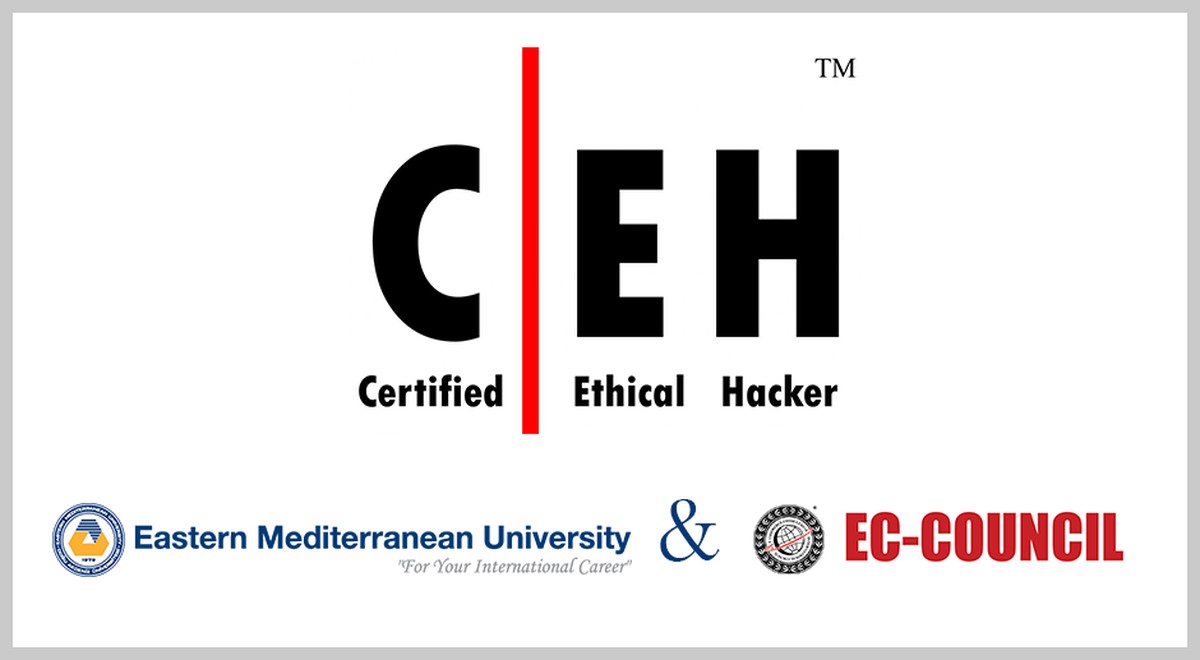Managing HP 3PAR StoreServ I
Managing HP 3PAR StoreServ II
مدت دوره(ساعت): 40
پیش نیاز دوره: HP Accelerated SAN
معرفی دوره : این دوره در مورد دستگاه ذخیره ساز HP 3PAR مى باشد که امروزه توسط شرکت HP به بازار عرضه شده و جایگزین مناسبى براى دستگاههاى ذخیره ساز قدیمى تر مانند EVA است.
اهداف دوره : آشنایى با دستگاه 3PAR ، و مدیریت و راه اندازى این دستگاه
امتیازات دوره :
اعطاي مدرك فارسی و انگلیسی با مجوز رسمی
بهره گیري از لابراتوار سخت افزاري ونرم افزاري مجهز
بهره گیري از اساتید مجرب و تأیید شده با سابقه حضور در پروژه هاي ملی
مخاطبان دوره : کارشناسان دیتا سنتر و دستگاههاى ذخیره سازى

HP 3PAR Solution Overview •
Current product line overviews •
Software suites and licensing overview •
Beneϐits and advantages of HP 3PAR virtualized storage architecture •
HP 3PAR hardware offerings (10000 Series and 7000 Series) •
Basic HP 3PAR high availability advantages •
Gen4 ASIC chip functionality
• Advantages of cache persistence and persistent ports •
Data ϐlow and communication concepts in an HP 3PAR controller node •
Self-encrypting drives •
HP 3PAR component connectivity •
HP 3PAR remote support HP 3PAR Array Management: MC, SSMC and CLI •
Installing •
Logging In •
Basic features and commands •
Wizards •
Beneϐits 7000 Series Hardware Overview •
HP 3PAR controller options basics •
Drive cage expandability options •
HP 3PAR hardware components basics •
HP 3PAR hardware components numbering schemes 10000 Series Hardware Overview •
HP 3PAR controller options basics •
Drive cage expandability options •
HP 3PAR hardware components basics •
HP 3PAR hardware components numbering schemes Storage Concepts and Terminology •
HP 3PAR provisioning terminology •
HP 3PAR concept of a disk chunklet and Logical Disk (LD) •
HP 3PAR concept of a Common Provisioning Group (CPG) •
HP 3PAR Virtual Volumes (VV) types
• Thin Provisioning
Storage Conϐiguration •
CPGs using Management Console, SSMC, and CLI •
Fully provisioned and thin provisioned VVs using Management Console, SSMC, and CLI Host Connectivity and Storage Allocation •
Supported operating systems •
How to prepare a host to access an HP 3PAR storage array •
Adding hosts in an HP 3PAR storage array •
Adding FC ports to a host •
Export VVs to a host as VLUNs •
Unexport VVs/VLUNs from a host •
Using Management Console, SSMC, and CLI to work with hosts and storage •
Use Host Explorer to add hosts
• Use HP3PARInfo to gather information Autonomic Groups and Virtual Lock •
Host and volume sets advantages •
Creating and maintaining host and volume sets •
Management Console, SSMC, and CLI to work with host and volume sets •
Host and volume sets guidelines and rules
• Understand the Virtual Lock feature Dynamic Optimization •
Dynamic Optimization (DO) beneϐits •
Changing VV RAID level •
Changing VV setsize and availability level
• Changing VV service level •
Changing VV user data and copy space •
Online VV Conversion Thin Technologies
• Beneϐits of the Zero Detection/Thin Persistence feature
• Administering Virtual Volumes using the MC, SSMC, and CLI to manage space Local Replication: Virtual and Physical Copy
• Virtual and Physical Copy beneϐits
• Creating, exporting, unexporting, and deleting a Virtual Copy volume •
Rules of Virtual Copy relationships
• Restore from a Virtual copy •
Resynchronize a PC to a base volume • Promote a PC to a base volume •
Use the MC and CLI to manage physical and virtual copies SSMC 2.0 Overview
• Installing SSMC
• Reviewing the dashboard within SSMC •
Managing hardware components within SSMC •
Reporting capabilities Deduplication
• Deduplication Process •
Interpreting dedup output from CLI commands •
Purpose of the Garbage Collector
• How dedup works with virtual, physical, and remote Copies Adaptive Flash Cache
• Understanding what and what cannot be moved into AFC •
Explaining the different LRU queues and queue demotion •
Using CLI commands to setup, enable, disable, remove, and monitor AFC
Remote Copy (RC) •
FC-based Remote Copy (RCFC)
• Native IP-based Remote Copy (RCIP)
• Zero detection with Remote Copy
• Remote Copy: Synchronous mode
• Remote Copy: Asynchronous periodic mode
• HP 3PAR Remote Copy topologies and latency System Reporter
• System Reporter overview and components
• Quick, custom, and scheduled reports
• Conϐiguring email alerts
• Using the database sizing spreadsheet
• Use On-Node system reporters
• CLI on-node system reporter commands and interpretation File Persona
• Installing and conϐiguring File Persona
• Working with File Persona authorization and authentication •
Understanding the logical layers of File Persona
• Explaining how snapshots work with File Persona •
Conϐiguring and using Antivirus capabilities •
Working with File Services Quota Management Adaptive Optimization •
Dynamic Optimization vs. Adaptive Optimization •
Adaptive Optimization architecture
• AO conϐiguration • AO Sizing Recommendations •
Conϐiguring and managing AO using Management Console and the CLI •
AO administration
• AO schedules in Tasks & Schedules of MC
• Adaptive Optimization CLI overview
• Adaptive Optimization Speciϐications Matrix •
AO Reports in Management Console QoS and Priority Optimization
• Priority Optimization beneϐits and architecture •
Priority Optimization best practices and performance implications
• Working with PO using Management Console and the CLI •
QoS monitoring Data Migration to HP 3PAR
• Peer Motion purpose and beneϐits
• Conϐiguring Peer Motion using the Management Console
• Administering a Peer Motion conϐiguration
• Peer Motion Command Line Interface (PMCLI) •
Online Windows Cluster Migration
• EVA to HP 3PAR Online import
• Migrating Data in Command View
• HP 3PAR Online Import Utility for EMC Storage









آخرین دیدگاهها